Even before the arrived at Ludlow, Arthur was suffering from ill health, he had been growing weaker since his wedding and by the beginning of March the following year both Arthur and Catherine were afflicted by an unknown illness. Although the real cause has never been established many historians believe it was sweating sickness or tuberculous.
Catherine recovered, Arthur did not, he died this day, the 2nd April 1502. He was just fifteen.
Henry VII did not attend the funeral, many believe he was too devastated by the boy's death, Catherine did not attend either.
Arthur’s untimely death led to his younger brother, Prince Henry, becoming the heir to the young boy's throne, and inheriting his lands and his wife.
Certainly, the event was a turning point in history.
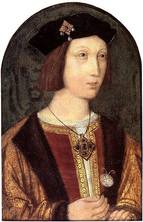
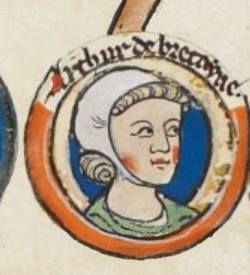
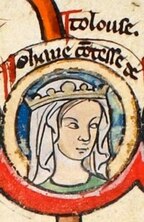
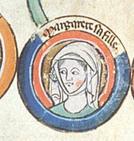
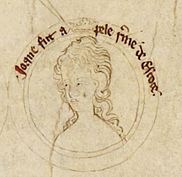
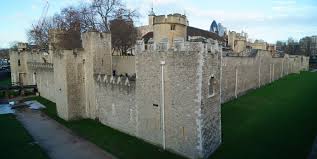
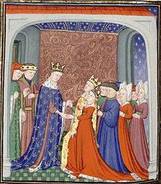
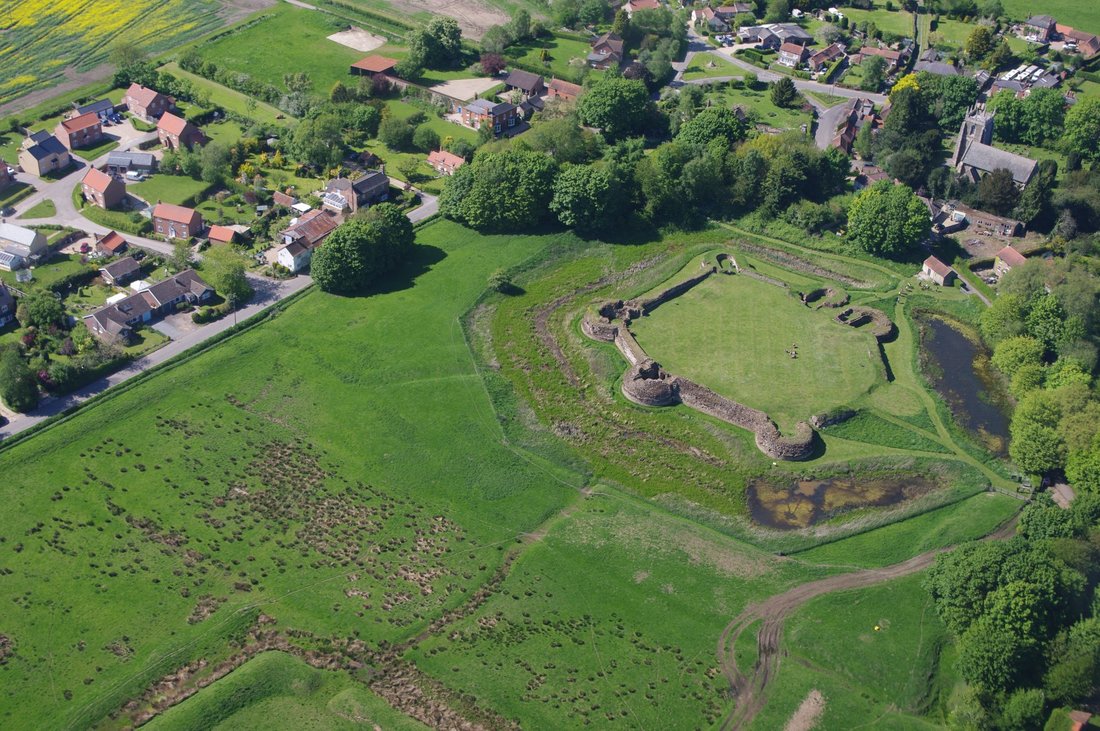
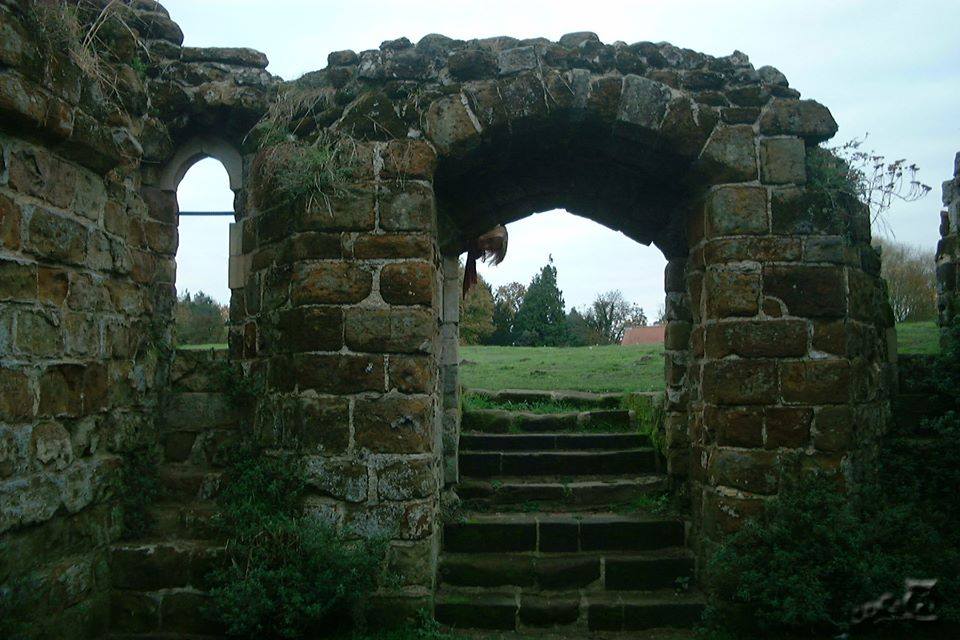
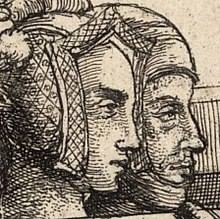

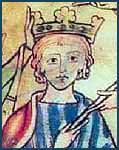
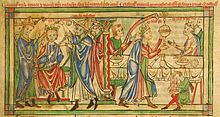
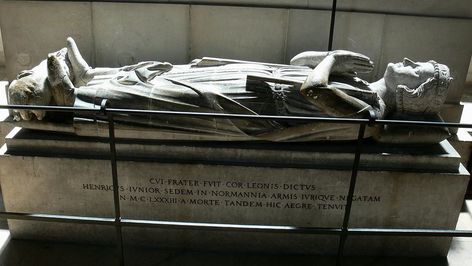
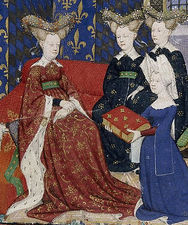
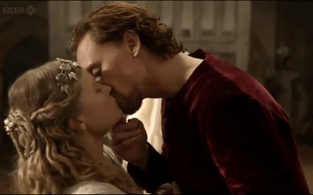
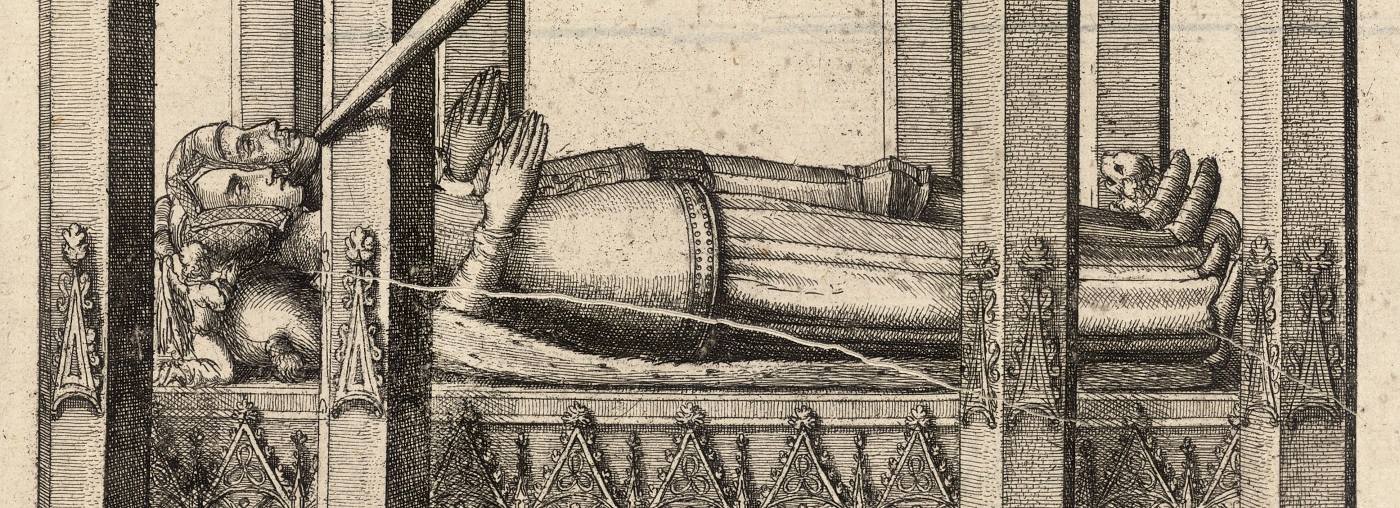
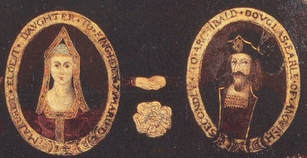
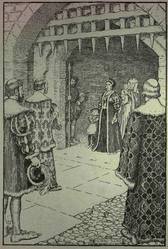

 RSS Feed
RSS Feed
